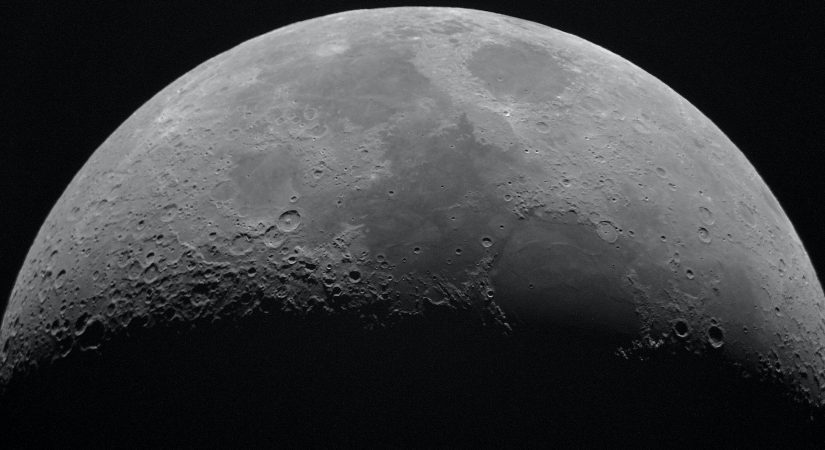Ispace, a Tokyo-based company, has announced its plans to land its lunar lander, the Hakuto-R, on the moon by the end of April.
The lander was launched on a Falcon 9 rocket in December and has travelled an impressive 1,376 million kilometres since then, which is the farthest any privately-funded, commercially-operating spacecraft has ever journeyed into deep space. The company expects to complete all deep space orbital manoeuvres by mid-March and to insert the lander into lunar orbit by late March.
During a media briefing on Monday, Ispace CEO Takeshi Hakamada stated that the flight has provided valuable operational data that will inform future missions. The company has gained knowledge and experience on the lander’s structural performance during launch and deployment, as well as the performance of thermal, communication, and power subsystems. This data will be used to improve the lander and its subsystems for upcoming missions.
According to Hakamada, the company has acquired “tons of data and know-how” that are “very viable assets for ispace.” It’s important to note that not everything can be perfectly assumed before a mission, and it’s inevitable to face off-nominal events. For instance, the company encountered thermal temperatures hotter than anticipated and brief, unexpected communication issues after the lander deployed from the Falcon 9. However, the thermal issues have not affected operations.
Ispace has two additional missions planned for 2024 and 2025, respectively, known as Mission 2 and Mission 3. Mission 2 will be the next technical demonstration of the Hakuto-R lander system and a test of an ispace “micro rover” that will collect data on the lunar surface. The company’s ultimate aim is to develop the lunar economy, primarily through resource exploration and extraction. Both the lander and the rover will be crucial sources of information for the company as it plans future missions.
For Mission 2, Ispace will also send commercial payloads to the lunar surface from companies such as Takasago Thermal Engineering Co., Euglena Co., and the Department of Space Science and Engineering at Taiwan’s National Central University. As for Mission 3, the company is working with aerospace contractors Draper, General Atomics Electromagnetic Systems, and Systima Technologies, a division of Karman Space and Defense, to deliver scientific payloads to the moon as part of NASA’s Commercial Lunar Payload Services program. Ispace will also send commercial payload customers alongside scientific payloads. The companies currently negotiating the final payload service agreements are AstronetX, ArkEdge Space, Aviv Labs, and CesiumAstro.
